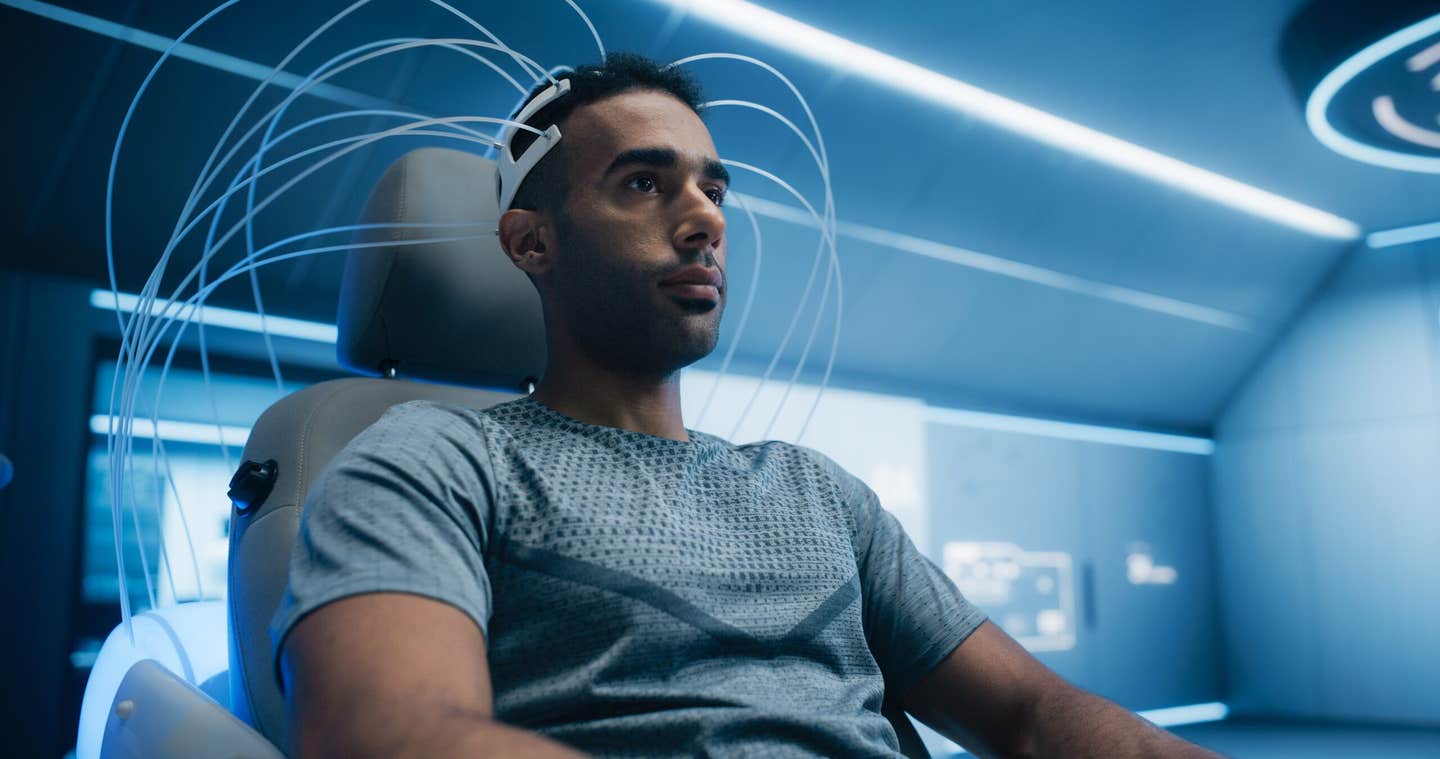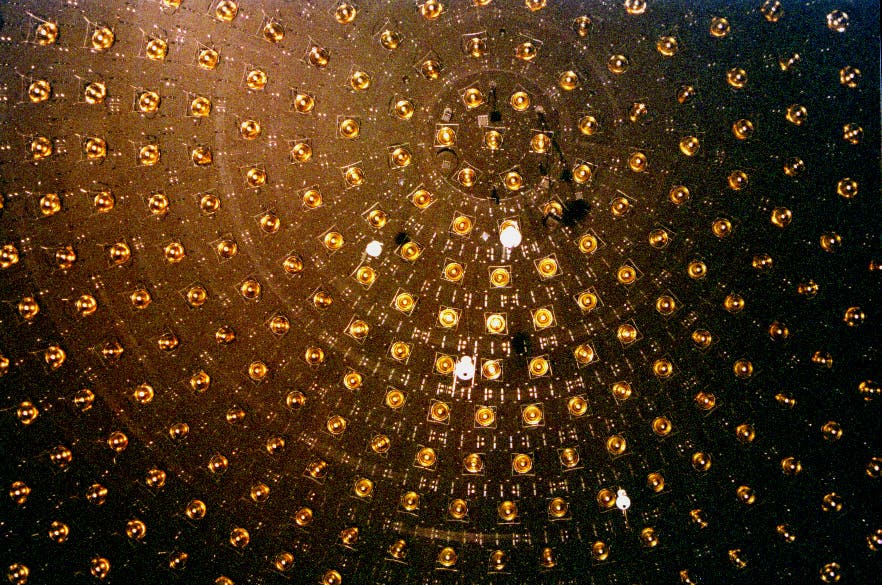AI-powered brain stimulation boosts attention span and concentration
Researchers developed an AI system that personalizes brain stimulation to sharpen attention safely from home, showing strong results in a clinical study.

AI-driven personalized brain stimulation boosts focus safely at home, offering scalable, adaptive cognitive enhancement with no serious side effects. (CREDIT: Shutterstock)
A new frontier in brain science is moving out of the lab and into daily life. Researchers have built an artificial intelligence system that can boost concentration safely from home by personalizing electrical brain stimulation. The technology could help students, professionals, and eventually patients sharpen their focus without the need for costly equipment or clinic visits.
Published in Digital Medicine, the study comes from scientists at the University of Surrey, the University of Oxford, and Cognitive Neurotechnology. Their work centers on a method called transcranial random noise stimulation, or tRNS, which delivers faint electrical currents to the brain. When paired with a smart algorithm that adjusts the stimulation for each person, the approach shows clear improvements in sustained attention.
Personalised brain stimulation powered by AI
The core idea is simple but powerful: no two brains are alike. Head size, anatomy, and natural attention levels differ from person to person, so one-size-fits-all brain stimulation often falls short. To solve this, the team designed an AI-driven system that learns the unique profile of each user and adjusts stimulation intensity in real time.
Professor Roi Cohen Kadosh, head of psychology at Surrey and founder of Cognitive Neurotechnology, led the project. “Our modern world constantly competes for our attention. What is exciting about this work is that we have shown it is possible to safely and effectively enhance cognitive performance using a personalised system that people can use independently at home,” he said. “This opens new possibilities for improving sustained attention, learning, and other cognitive abilities in a way that is accessible, adaptive, and scalable.”
The system relies on a Bayesian optimization algorithm, a branch of statistics that balances exploration with precision. By modeling head anatomy and baseline performance, it identifies the best stimulation settings for each user. Unlike earlier methods, it avoids pushing current levels too high, which can actually harm performance.
From lab to living room
To test whether personalized brain stimulation could work outside research facilities, the team recruited 103 young adults, ages 18 to 35. Over the course of 290 home-based sessions, participants used certified headgear connected to tablets running sustained attention tasks. The AI system collected data, adjusted stimulation, and honed its recommendations.
Related Stories
- AI fails at ethical reasoning in medical scenarios, study finds
- Scientists use AI to turn venom into life-saving medicine
Next, the researchers ran a double-blind, placebo-controlled study with 37 new volunteers. This gold-standard setup ensured neither the participants nor the experimenters knew who was receiving real stimulation.
The results were striking: those who received AI-guided personalized stimulation performed significantly better than during standard or placebo sessions. The gains were especially strong in people who started with lower attention levels, suggesting the system can lift up those who need it most.
Safe, effective, and scalable
One of the study’s most encouraging findings is that the method is safe. Participants reported no serious side effects, and the sensations during stimulation were no different from those during placebo. Earlier non-personalized approaches sometimes caused over-stimulation, which impaired attention instead of improving it. By contrast, the AI kept users in the “sweet spot,” fine-tuning current levels for effectiveness without discomfort.
Just as important, the system does not require magnetic resonance imaging scans, which are expensive and limit scalability. Instead, it uses performance data and basic anatomical estimates to deliver individualized treatment at home. That opens the door for wide use in education, workplace training, and even clinical therapy for disorders involving attention.
A glimpse of the future of cognitive enhancement
The implications of this work extend beyond focus. By combining wearable technology with adaptive AI, the researchers have created a framework that could eventually support memory, learning, or rehabilitation after brain injury. In time, brain stimulation could be as common as fitness apps, helping people tune their mental performance alongside their physical health.
“Our work highlights the growing role of AI and wearable neurotechnology in enabling personalised, real-world cognitive enhancement, with potential applications across education, training, and future clinical use,” Cohen Kadosh said.
The findings reflect a larger trend in neuroscience, where personalization is becoming essential. Just as precision medicine tailors drugs to genetic profiles, precision neurostimulation adapts to individual brains. This shift could turn once-experimental tools into everyday supports for concentration and learning.
The road ahead
While the results are promising, many questions remain. How long do the benefits of personalized brain stimulation last after each session? Could regular use build lasting improvements in attention? Might there be hidden risks with years of use? Future research will need to follow larger and more diverse groups to answer these questions.
Still, the study shows that AI-driven personalization can make neurotechnology more practical, safe, and effective. If development continues, the days of needing lab visits and expensive imaging to access brain stimulation may be numbered.
For now, the work marks an important milestone: the first clear evidence that at-home brain stimulation, guided by artificial intelligence, can sharpen human attention in daily life.
Note: The article above provided above by The Brighter Side of News.
Like these kind of feel good stories? Get The Brighter Side of News' newsletter.



